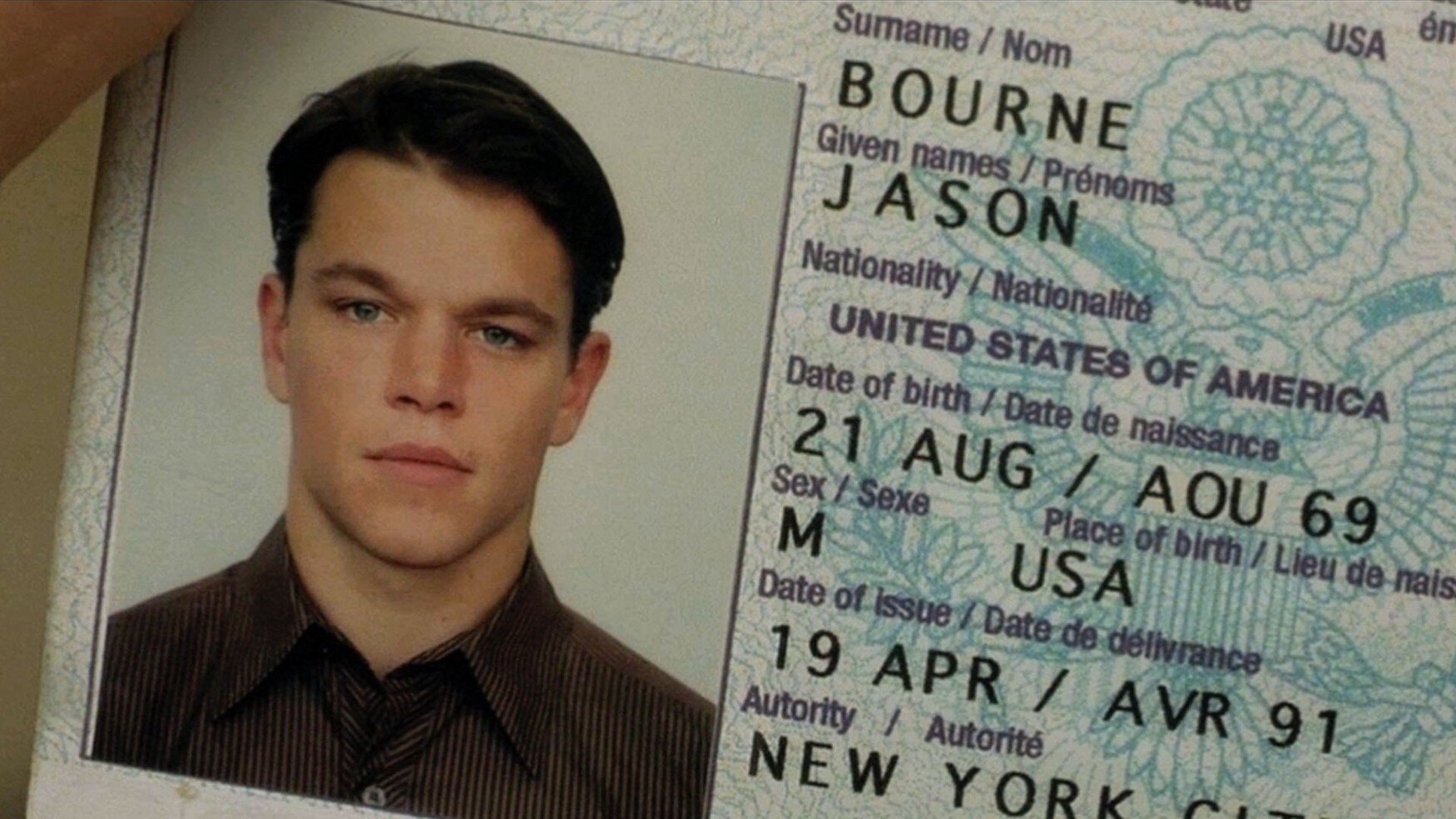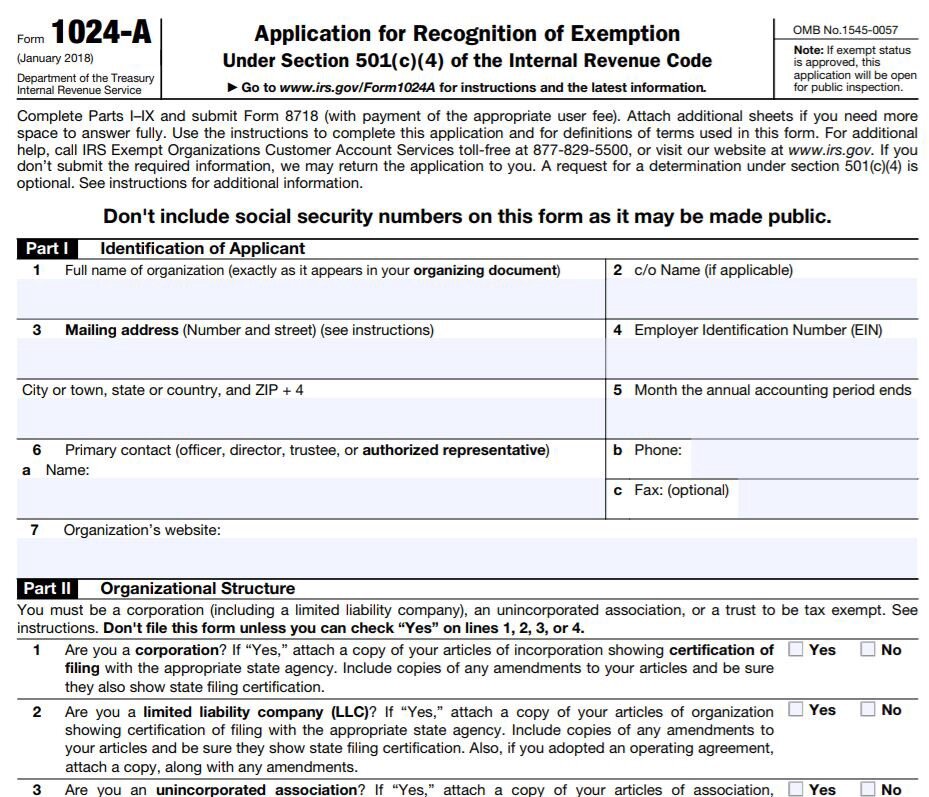Hiring Ethically & Rationally
August 11, 2019
If you’re a manager, then you need to hire well. Those people you hire are the hands and brains of your company. They determine whether you succeed. A bad hire can derail your team in time, morale, and cost. This guide is to help you with all that and to have you succeed without being a jerk.
Here are some rules I try to go by:
Be as objective as possible.
Focus on traits that are predictive of performance.
Affirm or disconfirm earlier assessments.
Be a decent human.
And we’re not going to neglect that last one. You have to think about the image you’re creating for your company as well as the multiplied inefficiency and stress you’re potentially creating for applicants. Being a decent human is also not that hard.
Before I hired anyone, I read as much as I could on the topic. One book stuck with me. I’ll be referencing the book Hire with Your Head, which you should absolutely buy (I get nothing for your clicks). It’s actually essential to have a copy for this essay’s evaluation section to be functional in practice. Note that you’ll want to download their online resource, too, listed in their book. You should also read the write-up The Effective Altruism Foundation’s Hiring Takeaways, which has some overlap in process though they take some extra steps. I found this after I’d been hiring for awhile, and I like it as a resource.
As a last heads up before we get started, I hire remote employees doing cognitive labor in the nonprofit sector. The process from here keeps that in mind. You may have to adapt to your own needs, but there should be plenty of good stuff here regardless of your situation. I also link to a bundle of template goodies at the end of this essay.
Phase 0: Know the Outcomes You Want
You should have more than a vague idea of what your hire will do. A job is about knowing specific outcomes that you want to occur because of the person’s presence. Your main concern is hiring someone who can make those outcomes happen. If your hire is able to do that, then you’ve done a good job.
You’ll want to describe the activities that lead to the outcomes. Also, don’t require your prospects to be experts on areas that are easy to learn in the first place or aren’t central to the outcomes you want to achieve. Requiring that someone be a master at every nuance that touches their position could put off otherwise great applicants. You should distinguish between what would be nice to have and the essentials.
It’s also become standard practice to load up on educational requirements. But do you really need a master’s degree to do the job? That is, could someone have the skills to do the job you’re listing and not have a master’s degree? I’m guessing the answer is that person is out there. Be careful about education requirements. It doesn’t mean you can’t hire folks with advanced degrees, but you should be open to folks not needing one or by building their skills through other means. By mandating these degrees, you could be eliminating strong candidates (and you may be encouraging student debt and productivity loss by requiring people to get unnecessary education).
An advanced degree, if it means something, should translate to a skill or ability to achieve an outcome. Let the applicant demonstrate that ability during the later parts of the application process rather than take it as a given one way or the other.
Think again about the amount and type of experience you require. Does this person need three to five years’ experience to do the job? Really? You’re saying it’s impossible for someone to do well with less than that? Let someone surprise you with different types of experiences that carry over. There’s a limit to this, of course, but you want to be open. And if someone absolutely nailed a project in a relevant area within their first year of being in the space, that’s someone you want to talk to, not exclude.
So how do you decide how much experience and education to require? Personally, I don’t list any minimum requirements for education or years of experience. Just be clear about what the job entails and let being able to handle those tasks be the bar. Don’t worry about being able to narrow down your applicant pool. That’ll happen easily. This may take a little more time, but hiring is too important to so carelessly risk throwing out strong applicants. I personally avoid oversimplified shortcuts to reject applicants.
Don’t forget that you’re selling, too. The person you’re hiring should be excited about your company. Give them something to be excited over. Let them know you’re doing awesome work in the job description. The listing is the place to describe major projects the company is doing. It’s also an opportunity to relate the position to the awesome projects the company is doing.
The posting must include the salary and benefits. Don’t give me that line about making sure someone doesn’t work just for the paycheck. Minus the independently wealthy, we all work for a paycheck. But we get to choose where we apply to take that paycheck from. This isn’t the time for some power trip mind game. And remember that rule #4 in the beginning? Yeah. This is when you get to be a decent human. There will be more opportunities to be a decent human in this essay. You should take advantage of ALL of them.
Be clear and let applicants know ahead of time what the application’s steps and timeline will be. And let them know you’ll respond to everyone once you know whether they’ve advanced to the next round. You’ll want to do this because decent humans don’t ghost their applicants. It’s not hard. Use Bcc or mail merge with tools like Yet Another Mail Merge (YAMM). You have no excuses.
Speaking of directions, make sure your applicants don’t include their name in the application. Have them include their cover letter and resume in one PDF and have them give that PDF a specific name that includes their initials. You can go as far as to have applicants use a throwaway email. This helps you focus on the relevant parts during the application process instead of the irrelevant parts, like what an applicant’s sex or nationality is. Not only is it the right thing to do, but applicants appreciate this kind of thing.
Have applicants send their PDF to someone on your team who is not leading the review process or (preferably) is not part of the review process. People make mistakes and Gmail loves to give you preview images and other info on folks without you even doing anything. So have someone else on your team go through that. If they’re part of the review team, they should transfer the PDFs to a group folder (like Google Drive) in batches. This will help confuse their memory and make sure that at least the rest of the team is completely blinded to applicant names.
For placing the job listing, I tend to prefer making one post and then have all the other announcements point there. Share the post with your network and popular discussion groups within your space. Being in the nonprofit space, I prefer Idealist for the posting and FB groups like Nonprofit Happy Hour for Happy Job Hunters to point to Idealist. I normally have the deadline for submissions about a month from posting. This whole process from posting to start date should take about two to three months. Since people need to give notice from their old job, it turns out closer to three months.
Phase 1: Assessing Resumes & Cover Letters
So now you have all these applicants. Let’s hope there are a lot. You want to get that sweet, sweet outlier in the long tail of the distribution. Here’s something else to keep in mind. Those initial applications are poor predictors of whether someone is going to succeed in the position. In my experience, I’ve kept about two-thirds of the initial applicants for the second round.
But how do you narrow them down? I’d recommend you use the metrics outlined in the book Hire With Your Head. Then build a spreadsheet with each candidate’s name where you can record each candidate’s scores for each category. You know what? I’ll just make that spreadsheet for you. There’s a download at the end of the essay. Still, you’ll need to read that book and its downloads to make full use of it.
Now that you’ve got your spreadsheet (use Google Docs to keep your team sane), you can evaluate all the candidates. Yes, evaluate all of them. Some will be bad. They’ll show no effort to personalize their application and their background will be completely irrelevant with no carry-over. They’ll be quick to score. Others will look awesome. The candidates in the middle are the hardest and most important to score well because those scores determine whether they go to the next round.
(Warning! Some candidates look really awesome on paper but don’t pan out. Easy with that offer letter. Put it back. You’ll have all kinds of false positives in the first round.)
You want to make sure you don’t keep any qualified candidates from going to the next round. At this stage, that’s much worse than a questionably unqualified candidate making it to the next round. You should have a score threshold (say 15, evaluating candidates on five categories each using a 1–5 scale). If a candidate scores 15 or higher, then they move on. But remember that you’re fallible. Give the rest of your team the candidates who scored within five below the cutoff. This will reduce their workload by not having your other reviewers score everyone. Then throw in one high achiever and one low achiever to keep the other reviewers guessing. Those extra two applicants keep their place above or below the threshold regardless.
If one of your other reviewers scores an applicant above the threshold, then move that applicant on regardless of how you scored them. Note that you should do a couple of applications together as a group to calibrate the other reviewers. Use examples from folks you’ve scored above or well below the threshold for calibration, and don’t say who is who. These are folks they wouldn’t review anyway, and it gives the other reviewers some practice. You can do this as a time-bound group exercise.
So now you’re moving on every applicant whom any of you scored above the threshold. And let the applicants know whether they’ve moved on. You can just use a Bcc email to include everyone within the no list and another Bcc email to include everyone within the yes list. Or, you can use a mail merge tool. And if you don’t tell your applicants whether they moved on, then you should stop reading now because you don’t deserve talented and motivated employees. You don’t have to tell them why they didn’t advance, but you must at least tell them whether they advanced. This is not time consuming. You have no excuses.
You can aim for about a week turnaround from the due date of the initial applications to notify applicants on whether they made it to the next phase. You as the lead reviewer can evaluate candidates a little early in bundles so that you don’t have everyone to review at the very end. Remember that you have to figure out who your fellow reviewers will be looking at (recall that they’re not scoring everyone). Leaving all your work until the last minute will delay everything and throw you off schedule.
Phase 2: Assessing Work Product
You’ve now got about two-thirds of your original candidate pool. You’re about to go down to one-third because, in my experience, half of the remaining applicants aren’t motivated enough to do the work product portion (and some will half-ass it). This is my favorite filter. Give folks at least a week to do this portion (two weekends if you can).
This work product portion is also a balance. You want it to be rigorous and a strong sample of performance, but you don’t want to have it take forever. These applicants have other things to do. Those other things likely include applying to other jobs and probably doing their current job.
The “work product” portion typically has multiple components (See the download at the end for an example).
One or two work-related tasks. This may be producing a Gantt chart for a project, developing a mini-report, or solving a particular problem. Note that this should be sufficiently general so to not be useable for the company. You’re not paying these folks.
Knowledge-based questions. These open-ended questions can focus on content you’d like your employee to know. Yes, people can look up answers on the internet, and that’s fine. They can probably look stuff up on the job, too. You’re at least measuring how well they can figure things out on their own. You can also find standardized online tests to measure skills within a topic area.
Significant major accomplishment. Here, applicants give an example from their highlight reel. It should be related to the type of work they’d be doing (ex// project management). You should also have them indicate why this was a significant major accomplishment, what challenges they had to overcome, and what they would have done differently. If the person doesn’t have anything substantive to say on these points, then it should be a red flag.
Setting page/length limits for these sections will help both the applicant and you. You’ll want to use the same scoring protocol as you did for the resume portion, though you may want to use a different set of five categories to evaluate on (that’s just how I do it). You can again use the same strategy as before to reduce the workload for your colleagues. You’ll want to calibrate your team’s scoring for this section, too.
You may notice that some of your superstars from the previous round didn’t score as well in this phase. That this phase requires some energy is important. You’re filtering out applicants who aren’t truly excited about the position (or don’t have the relevant talent). You may also consider slightly raising the threshold to advance since this stage is more predictive than the initial resume stage.
Also, you should pay your applicants for doing the work product. You can do this through prepaid cards for convenience to everyone. You’ll get more applicants. Plus, it shows that you value all the applicants’ time.
Phase 3: Interviews
In my experience, there aren’t many who make the cut to get to interviews (fewer than five, normally). And you generally have a key person or two in mind for the position at this point. If that’s not the case and you have more people and more resources, then you may consider adding another phase at the end. Check out the Effective Altruism article on hiring for their additional work phase. A working interview may also be in order. Note, however, that adding an even longer process could result in lost applicants. You’d have to weigh that against time cost and the risk of a poor hire.
The anonymity can be dropped in the interview phase. Start calling each other by fake names or initials at this point, and it’ll feel more like you’re planning a heist than conducting a job interview. And if you do the interview over the phone, you’ll likely pick up on some of the things you were trying to hide avoid anyway.
Now, some may opt for a video conference here, but I’ve still gone for just using the phone. Amongst our many biases is something called the halo effect which is where we assign additional unrelated positive qualities to those who are attractive. Whether someone is traditionally attractive shouldn’t affect how well they do at their job. If you can control for this bias, then you probably should.
You have at least a few goals here in the interview:
Affirm or disconfirm previous applicant information.
Learn how interested they are in the job.
Sample how the applicant interacts with you and your team.
It’s a good idea to use a structured interview with consistent questions. (Sample questions in download.) I leave some flexibility to hone in on specific parts of each application and allow for follow-ups, but the bulk of the questions should be the exact same. This is absolutely the time to check to make sure the applicant did what they said they did by asking about how they problem-solved issues. If they didn’t have issues within their previous projects, then it means they don’t have experience with challenging work. Or maybe they didn’t actually play the role they said they did.
I tend not to show much emotion during these interviews. I try to give applicants a heads up on this so that they don’t think we’re too cold as a team but rather that we’re trying to treat all applicants the same. If one reviewer is super positive to an applicant but not to others, then it could influence the independence of scores from other reviewers.
Each call should go for about an hour plus or minus 20 minutes. It may not be possible to get all the reviewers on every call, so your scores as the lead reviewer will be critical. Other reviewers may play more of a role in helping the interview process and digging sufficiently into good follow-up questions.
Phase 4: Reference & Background Checks
Now you’re triple checking to see that the applicant did all those things they said. You may be in a position where you are really excited about an individual candidate who is significantly more qualified than the next-best candidate. If that’s the case, then you should still quickly check as many references as you can, but you can skip to making a preliminary offer letter. Just make the offer contingent on a successful background check and references.
Also, let the applicant know BEFORE you start calling references. Give them 24 hours to contact their references to give them a heads up. One of their references may be related to their current employer, so this can be sensitive. Additionally, let applicants know that you’ll contact them before you call their references. Depending on how applicants stack up, you may want to focus on a particular applicant’s references first before going to another one.
With references, you should have a list of questions ahead of time just like the interview (see download). A reference call should last about 20–30 minutes. What you’ll find, however, is that people are busy and you’ll wind up leaving a message. Leave a good message letting them know the importance of their reference and that it’s necessary to decide whether to hire this person. I generally try to get three references. If one reference is taking awhile, you can still make the offer contingent on the remaining reference coming through.
References can be evaluated the same way as earlier phases if need be. You may continue to use scores if you have numerous applicants remaining for some reason or if some of the remaining applicants are similarly qualified. If you have a clear frontrunner, then you can just use the feedback to check yourself. You’ll probably be the only one on the call, which is fine. Occasionally, you may get someone who offers a lukewarm reference with material criticisms. If this criticism is within a role that’s very similar to what they’d be doing or interacting with others, consider that a red flag. But if the criticism is within a skill area that’s completely unrelated, then weigh it accordingly.
Background checks are good for verifying whether what folks said on their resume was accurate. You can check the schools they went to as well as previous employers. My favorite background check service is GoodHire (I get nothing for your clicks). They’re a B Corp and are fair to both the employer and prospective employee. Their prices are reasonable. It’ll be under $100 to check all the traditional information plus their previous employers and education. It’s worth it, and they do a good job. I’ve had zero problems with this company. Like references, give the applicant a heads up before GoodHire sends them the initial email.
GoodHire also offers drug testing. I don’t do drug testing on employees. The US in particular is strange about which drugs it decides to make legal and which it does not. Some drugs that are more harmful are harder to test for while some drugs that are not as harmful are easy to test for. I do not care what an employee does in their personal time so long that it’s not harming others or affecting their performance at work. Within the job, I only care whether the employee is able to achieve outcomes and benefit our team. If something interferes with achieving these outcomes — including abusing a drug — then that employee risks losing their position. It’s not the use of drugs per se that’s the issue. It’s whether they can achieve outcomes and work with our team in a professional environment where everyone is motivated to perform. (To be clear as well, I’m not suggesting you should permit employees to be high at work. You shouldn’t.)
Additional steps you can take at this point include Googling the person you’re about to hire. Are they an internet troll, or do they use a lot of sexist or racist language online? Are you sure it’s them? If so, that’s probably not the kind of person you want working with your team. Just don’t get too carried away with your searches. Avoid looking into irrelevant or invasive information. Also, never request access to a prospective employee’s personal social media whether that be asking for passwords or requiring they confirm your friend request. That’s their personal life. Stay out of that.
While we’re on this, don’t Facebook friend your employees. You’re their boss. It’s weird. That’s what LinkedIn is for.
Phase 5: Offer Letter
You’ve done your assessment, know who you want to hire, and have your offer letter together (see handy download at the end, yet again). Your offer letter should include your benefits package. I’ll be writing on benefits in another article, but let’s just say there’s a lot you can do here to spice up the deal. I tend to have firm salary offers to reduce complexity. If you don’t have a firm salary offer, then you should expect the prospective hire to haggle over salary.
I can get away with a firm salary offer for a few reasons (and perhaps you can too):
All employees make the same within the same management level (not based on years worked, though some benefits can kick in after a certain time period).
All employees know everyone’s pay.
The offer already includes a competitive salary given the organization’s budget.
I’ve told applicants about the firm salary from the start.
Of course, before you email your offer letter, call your candidate on the phone. This is a fun call, so be cheerful. You don’t have to be as Spock-like as during the interview. Inevitably, the employee will ask for more time to respond. You should give them time. It’s a big decision and they need to talk with those close to them.
But, as nice as you should be, you don’t want to give them too much time. You don’t want them to have free reign to negotiate a better offer from somewhere else. Give them 48 hours. If it’s the end of the week, give them until Monday at a specific time. And put this time frame in the offer letter.
Your phone call is also an opportunity to continue hyping the company. You should have been able to do this some if the applicant asked good questions during their interview. But now you’re selling your organization. Sell what your organization does and why the applicant will like working for you. The applicant has to want to work for you.
Phase 6: Post Offer Confirmation
So now you’ve got the offer letter signed. That’s great. But keep your new hire connected. Don’t bombard them, but keep them connected. I once got a hire to go with my organization after they already signed an offer letter with someone else. I wanted them more, and I let the applicant know I valued them. Your hire is not a sure thing yet. People like me will poach them from your team while you’re out doing your victory lap.
Make this person feel like an employee before their start date. Send them a welcome email. Call to congratulate them after they send in their offer letter. You don’t want to give them actual work to do yet, but share introductory information about their position and useful resources. Give them a company email. Ask for their bio and picture to put on your company website. Get them their payroll paperwork ahead of time if it can be done online. That should only take a trivial amount of time for them. Celebrate the first week and then breathe a sigh of relief after they’ve finished their introductory period (typically 90 days).
So that’s how I do hiring. I hope you find this useful. I’m sure I’ll add more to this process over time, but it took me a while to get this far. There’s a lot of garbage out there to wade through.
Speaking of garbage approaches, I once had a person doing a joint interview with me at a previous company go off the rails and ask the applicant what kind of animal they would be if they could be any animal. I give terribly obvious visual cues when I’m annoyed, so it may have been fortunate that this was over the phone. That type of question is belittling to the applicant and is — quite frankly — a dumb question that makes you look dumb, too. It’s about as useless as asking a candidate about their biggest weakness. You and the people applying for your jobs deserve better. And now you can deliver on that.
Now that you’ve made your hire, you can look forward to the continued pleasure of management. That’s well beyond this essay’s scope, but here are three recommendations I can make:
Use performance profiles with SMART (Specific, Measurable, Attainable, Relevant, Time-bound) goals that track to a standardized staff evaluation. Note that you can include this early in the application process too if the position you’re hiring for is within a subject area you know well (in download)
Have a clear evaluation system (in download)
Read Radical Candor, the best management book I’ve read so far.
Finally, don’t forget to purchase Hire With Your Head. This whole process will be incomplete without that book and its online resources as a guide. It’s not expensive, and it provides an excellent framework.
Good luck with your next hire!
Template Bundle (Link to bundle)
Listing Example
Scoring Example
Performance Profile
Hiring Letter
Work Sample Example Questions
Questions for References
Questions for interviews
Staff Evaluation Form (bonus)











